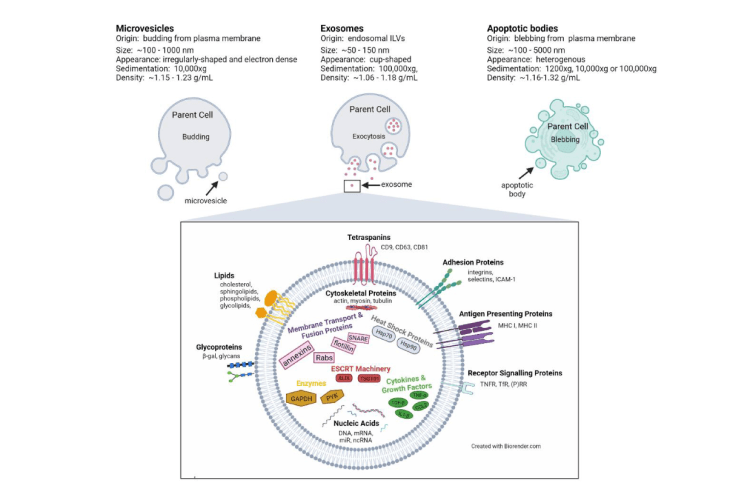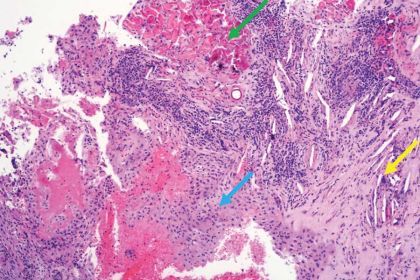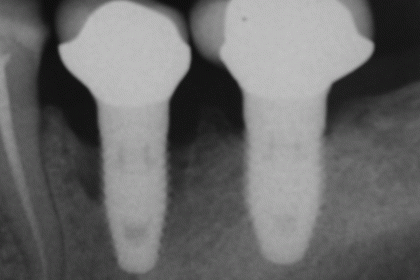Breadcrumb
Exosomes in MS and Alzheimer's Disease — Adversary and Ally

Extracellular vesicle (EV) classes, origins and characteristics.
What is it?
A review of how exosomes play a role in several conditions and could also be the key to therapies for them and other conditions. Extracellular vesicles (EVs) are small, membrane-enclosed particles that cells secrete, and which carry proteins, lipids, and nucleic acids. Exosomes are a type of EV. As multivesicular endosomes form, they incorporate cytoplasmic bits and contents, transforming into exosomes. The exosomal cargo mirrors the identity and current physiological state of the cell that secretes them. EVs transport signaling molecules and play crucial roles in processes like myelination, trophic support, synaptic plasticity, and antigen presentation in a healthy state.
What problem does it aim to solve?
EVs can move between cells in the CNS and even cross the blood-brain barrier, influencing organs outside the CNS and vice versa. In disease, CNS-derived or peripherally-transported EVs can carry harmful molecules, contributing to neuroinflammation and neurodegeneration. However, they could also help deliver therapeutics.
How does it work?
EVs show promise for treating CNS diseases through various delivery methods like intravenous, intraperitoneal, subcutaneous, or intranasal routes. They've been successfully used both broadly and locally for therapeutic effects. To enhance precision, specific strategies are employed, such as using ligands or antibodies to target cells. In Alzheimer's disease, intranasal administration is being explored, with a clinical trial underway for nasal administration of exosomes. Clinical trials with EVs have accelerated, driven partly by interest in COVID-19, but the field is still at an early stage, with most studies in early phases and no completed phase III trials.
What are the real-world implications?
Despite increased interest and research in the last decade, the use of EVs in treating CNS diseases is still in early stages. There's growing potential for EVs to serve as biomarkers and therapeutics for conditions like multiple sclerosis (MS) and Alzheimer’s disease (AD). However, certain technical challenges need addressing before EVs can be used in patient care.
What are the next steps?
Ongoing technological advancements aim to unlock the potential of EVs for precise drug delivery to combat neuroinflammation and neurodegeneration, ultimately improving conditions like MS, AD, and other CNS diseases.
Source
“Exosomes in multiple sclerosis and Alzheimer's disease – Adversary and ally”, Biomedical Journal, article in pres
[Image 4]
CAPTION: Extracellular vesicle (EV) classes, origins and characteristics.
Author
Norina Tang, Department of Periodontics, University of the Pacific, 155 5th Street, San Francisco, CA 94103, USA
Department of Laboratory Medicine, San Francisco Veterans Affairs Health Care System, San Francisco, CA 94121, USA





